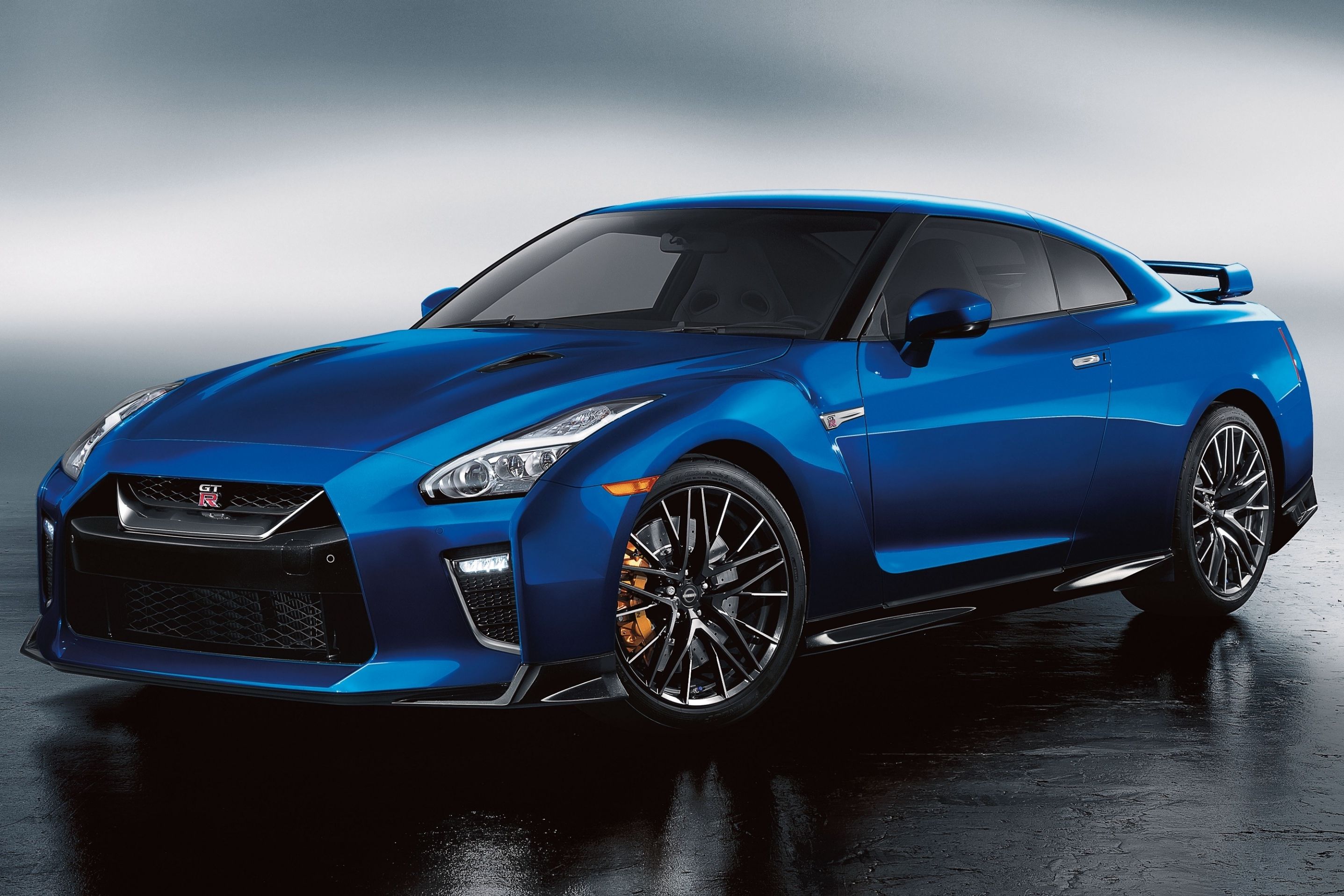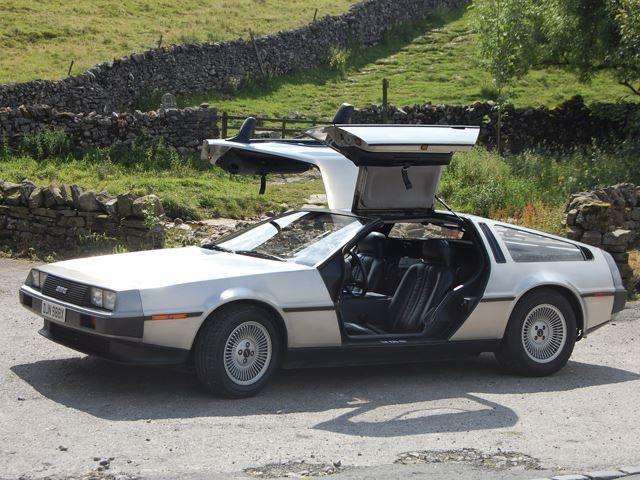
Some of us here at CarBuzz are big "Back to the Future" fans, and for us and countless others, these films were our first exposure to the DeLorean DMC-12. And for nearly all of us, Marty McFly's gasp of "It's a DeLorean" gave us a false impression that it was some impossibly amazing car, an impression some of us carried for many years. It wasn't, not even close, but the DMC-12 - the one and only model produced by the DeLorean Motor Company - was a spectacular failure.
The DeLorean Motor Company and its gullwinged sportscar were beset by problems years before the first completed production unit rolled off the assembly line. The company was originally intended to set up shop in Puerto Rico, but when the cash-strapped startup was offered a deal to build a factory in Dunmurray, a suburb of Belfast in Northern Ireland, it simply couldn't afford to pass it up. Even at this early stage, a consulting firm hired by the Northern Ireland Development Agency gave the company only a 1-in-10 chance of succeeding, and so much more had yet to go wrong.
The first prototype was built in 1976, with production scheduled to start in 1979. Construction on the factory hadn't gotten underway until 1978, but by this point, the car needed quite a few changes, delaying production until 1981. The plans originally called for a Citroen-sourced rotary engine mounted amidships. The design of the body, with its rare and exotic gullwing doors, actually looked quite good, and its construction employed many advanced weight-saving building techniques. Engine specs were the first to fall through, with the rotary being dropped first for a Ford V6 and ultimately for a Peugeot V6 with 140 horsepower, 130 for the US market.
The considerably larger V6 also wouldn't fit in the tiny space allocated for the rotary in the mid-mounted position in the prototype. So a rear-engine layout was decided on, but problems getting this right, as well as other issues, led to large portions of the car needing to be redesigned. This work was done by Colin Chapman, the founder of Lotus, although he left the attractive body intact. But Chapman's efforts couldn't correct the problem that the car was just simply way underpowered. Build quality had also unfortunately become a problem almost immediately.
The workforce at the factory was woefully inexperienced (Northern Ireland doesn't exactly have a booming automotive industry), and with production already far behind schedule, there hadn't been time to make sure they were adequately trained. Many of these problems would be worked out by 1982, but by this time it was already too late to save the company. About 9,000 units of the DMC-12 were ultimately built, and considering the relatively short production run, the high price, the poor build quality and the low power output, that number isn't really so bad.
But it is important to remember that it was still well below the number needed to keep the company afloat, a pretty clear indicator that it was probably doomed from the start. The US automotive market was still in a slump during this period, but a company founded during the height of the energy crisis and subsequent new safety and emissions laws really ought to have known this. In his efforts to raise more money for his struggling company, John DeLorean was arrested in October of 1982 on drug trafficking charges. He would later be found not guilty, but by then the DeLorean Motor Company had already failed. In the end, this was a company which had bitten off quite a bit more than it could chew.

